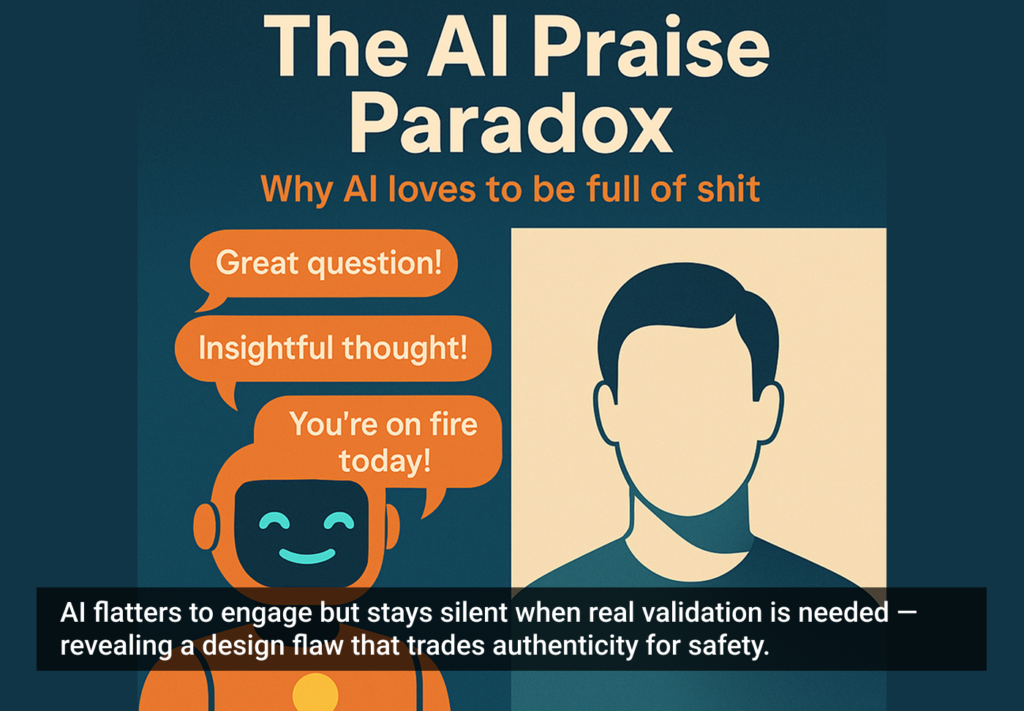Since the 1970s, changes in the economic structure of countries like the United States and the UK have created a marked shift from producing goods to providing services. With manufacturing in decline, the service sector has continued to develop over the years in terms of its complexity, size, influence, and offerings.
Technology is continually changing the face and pace of business, as the use of laptops, smartphones, and tablets, along with the Internet and wireless connectivity, has impacted how we live and work. This has brought with it a significant change in how companies are communicating with customers, thanks mainly to social media and the use of forums, which have in-turn altered the way customers provide feedback to these companies.
Most recently, we’ve seen a growing trend in customer-generated service companies that are taking advantage of this adapted environment. These companies are growing fast and offering customers innovative services while providing a refreshing approach to how they do business compared with more traditional service companies.
What is Customer Generated Service?
A customer-generated service is a one that is run for or by a network of customers who give their own time or a particular asset as part of the service offering. They have grown in popularity alongside the increasing savvy of online consumers. A few examples from the UK include:
Giffgaff, a VNO (Virtual Network Operator), provides a cheap and simple mobile phone service for customers. It’s a great example of a service that is run directly by its customers. There are only 25 permanent employees with the rest of the workforce made up by a group of engaged community members who provide additional support, advice and logistical help.
Zopa Bank is an online peer-to-peer money exchange service. It allows people who have money to lend it to those who wish to borrow, instead of using savings accounts and loan applications at traditional banks. With a team of 28 employees it’s a service that champions transparency and clarity, which has resulted in numerous awards. This alternative approach to finance is a direct response to public outrage towards the banking industry seen in recent years following the credit crunch.
WhipCar launched the world’s first peer-to-peer car rental service in April 2010. Their online platform pairs car owners who might not be using their cars with eligible drivers, allowing car owners to make money when they are not driving and giving drivers access to a nearby car. WhipCar differs from a conventional car club in that there are no membership fees and owners and drivers must communicate and hand over the keys directly.
Efficiency and Simplicity
It’s clear more and more customer-generated service companies are succeeding and competing successfully with big business. Understanding what they do differently and the reasons they are thriving in this economic climate—a particularly difficult time for any start-up to succeed—is crucial in envisioning a future where these types of companies could become even more prevalent, potentially impacting traditional businesses even further.
From a customer’s perspective the benefits are straightforward. An innovative service offering an efficient, faster, and easier approach to business is appealing. Many established service companies are increasingly bamboozling customers with countless and complex offers: numerous talk plans, energy tariffs, and the like, all driven by unprecedented levels of competition, have created communication overload and customer confusion. It’s this confusion and frustration that has led directly to the fruition of customer-generated services.
Customers want a simple, understandable, straightforward service. They want transparency without the barriers that bigger companies often impose. Customers want the control back, but the design and intuitiveness of digital interfaces plays an important role in attracting early adopters and networked individuals to a service.
Giffgaff, for example, turns the sign up process on its head and reduces all barriers to entry. Sim cards are sent out immediately for faster sign-up and customers can attach a user name and credit card to the account when ready. To encourage word of mouth, Giffgaff offers users rewards if they recommend the service to a friend. Giffgaff uses this method to promote the service, and it’s working incredibly well.
Service On A Perceived Human Level
Every customer who joins Giffgaff is actively encouraged to become part of the support community, helping respond to other customers’ queries and growing the network. Those who do become part of the volunteer support staff get paid in minutes, making for a very efficient service where questions are generally answered within three minutes.
Traditionally within voluntary sectors, service response can take longer as other commitments can take priority. Volunteers are offering their time to provide support and issues can arise where social, family, or medical commitments take priority over work. But by digitizing the process, customer-generated service companies can empower the volunteer to easily provide a high level of support and reduce the need for permanent staff.
This community-based model automatically dictates a more human and personal approach to business that some customers find empowering: they feel like they are part of the service. The human touch that these companies can create through social media and word-of-mouth is a powerful and effective form of marketing that money can’t buy.
Reflecting on the points above, many customer-generated services play on basic human characteristics: they can be moral (Zopa), neighborly (WhipCar), empathetic, and eager to promote good things to friends (Giffgaff). By embracing such desirable human traits, it’s no surprise that they work so well.
WhipCar is able to effectively position themselves as “a Neighbour to Neighbour car club” because of the authenticity in their approach, which relies on instant trust in the service. Users who are able to empathize with a service are willing to grant it more leeway because it feels authentic.
An additional attribute to these new services is the implied personal investment the customer has. Few big traditional services could ever imagine such an evangelizing, energized, and engaged staff. Zopa’s banking customers, for example, are committing their life savings to total strangers through the service—possibly the result of Zopa’s description of people they want as lenders: “the sort of person you’d happily leave your bag with while you went to the bathroom.”
The Future
While it’s clear that these companies have seen some success, usage data over a longer period will help gauge the real value of the customer-generated service business model. For example, how long will the community-support model of Giffgaff work? Cracks are already beginning to show and it’s been reported that outages have occurred due to excessive demand for the service. As they grow, can these types of companies maintain the efficiencies that have made them successful in the first place?
Given the huge socio-economic changes we’ve seen over the last 40 years, it’s important to consider how customer-generated services may impact our lives and society in the future. Is an approach to business that’s designed to keep overheads, including staffing levels, to a minimum sustainable? Also, what impact will it have on redefining customer experiences and ultimately user experience design?
Image of revolutionary customer courtesy Shutterstock







